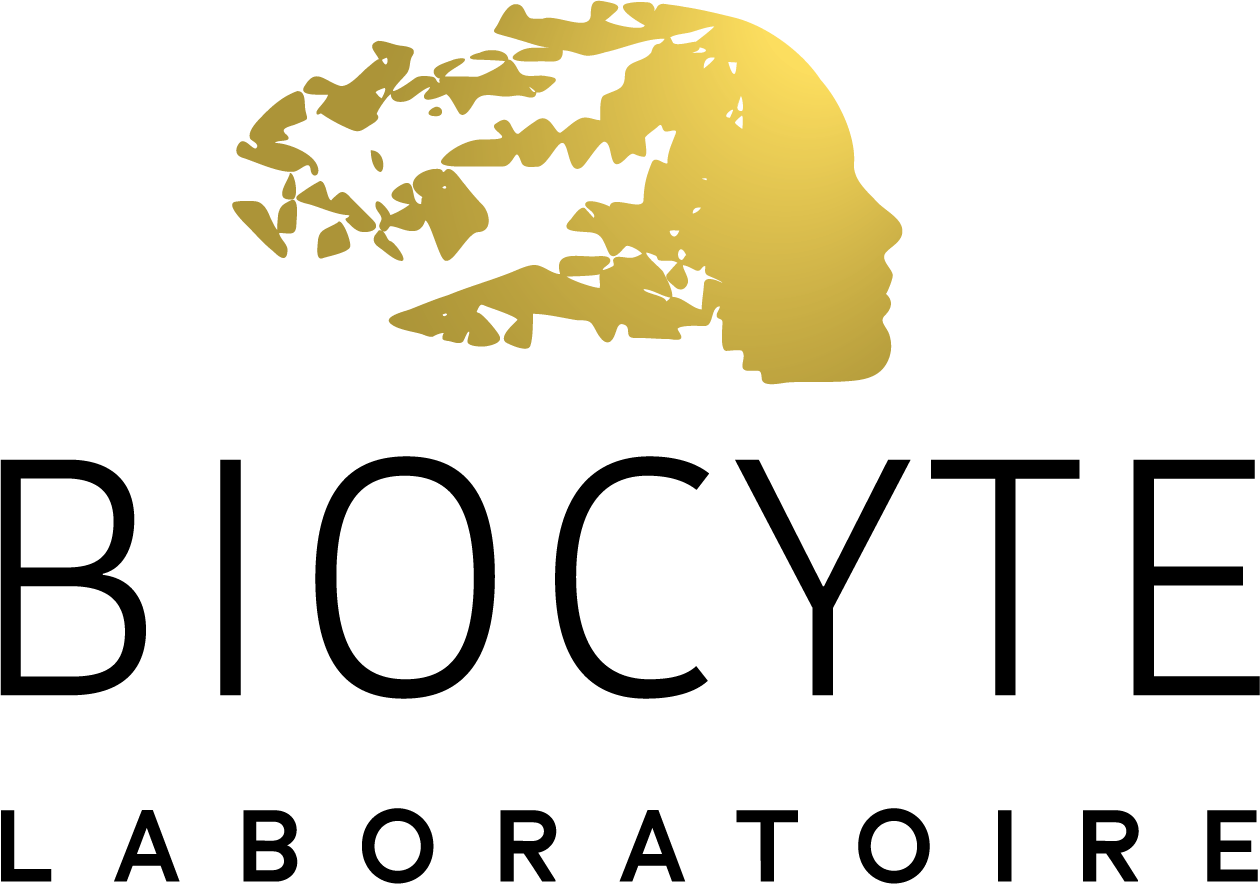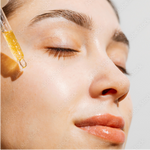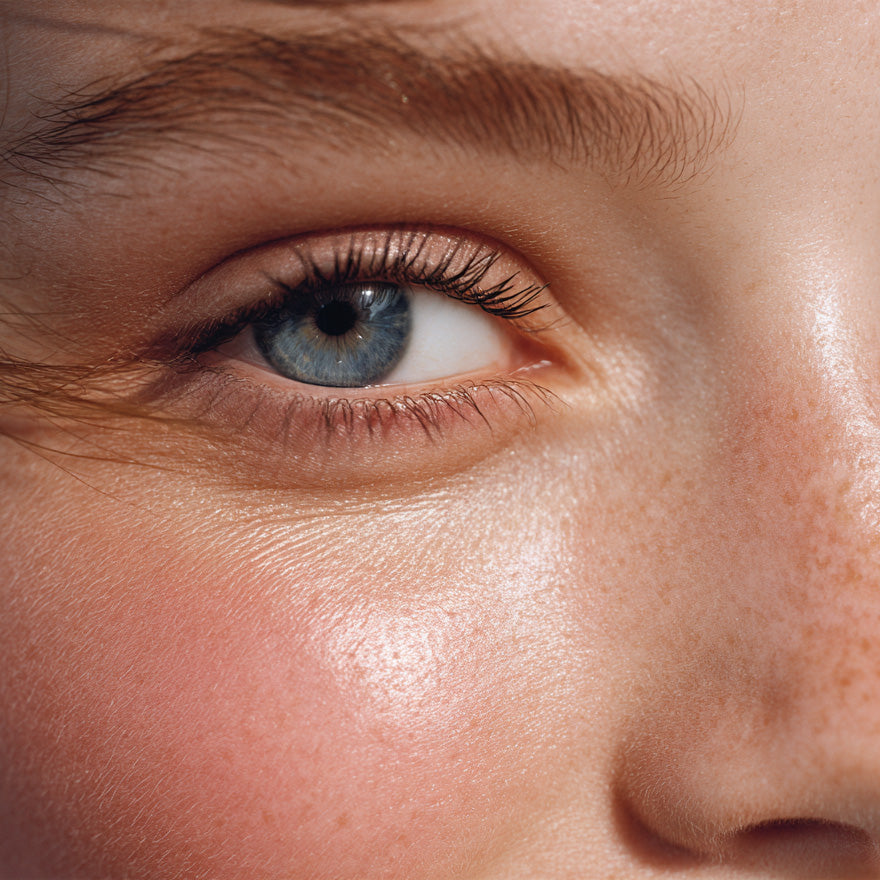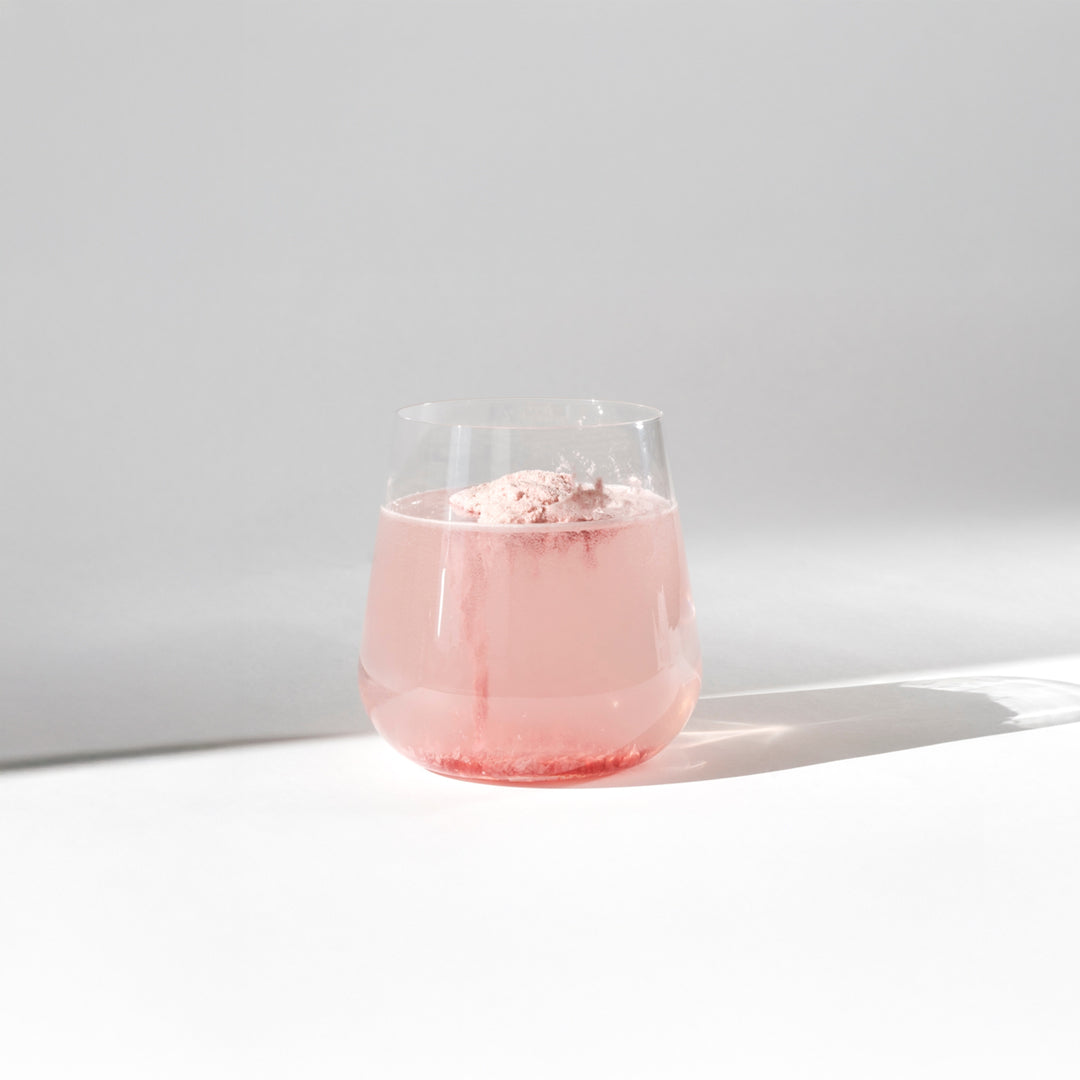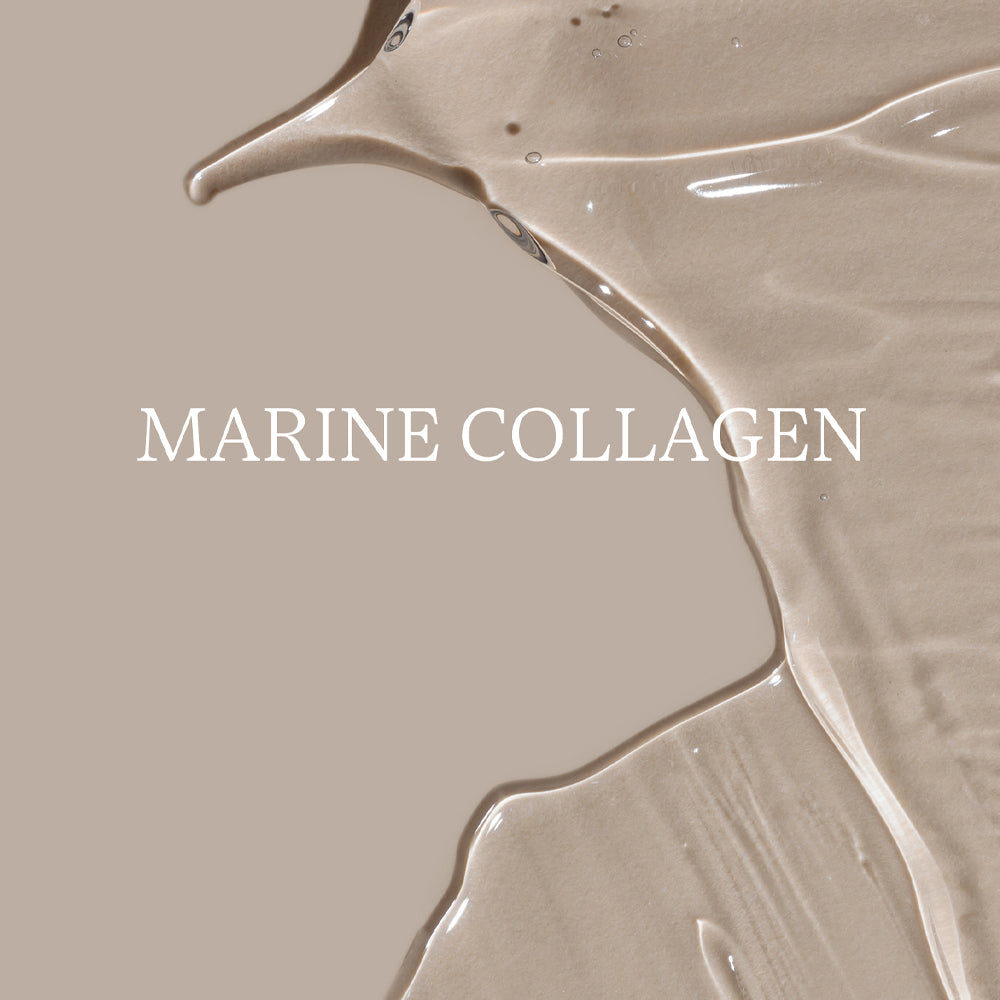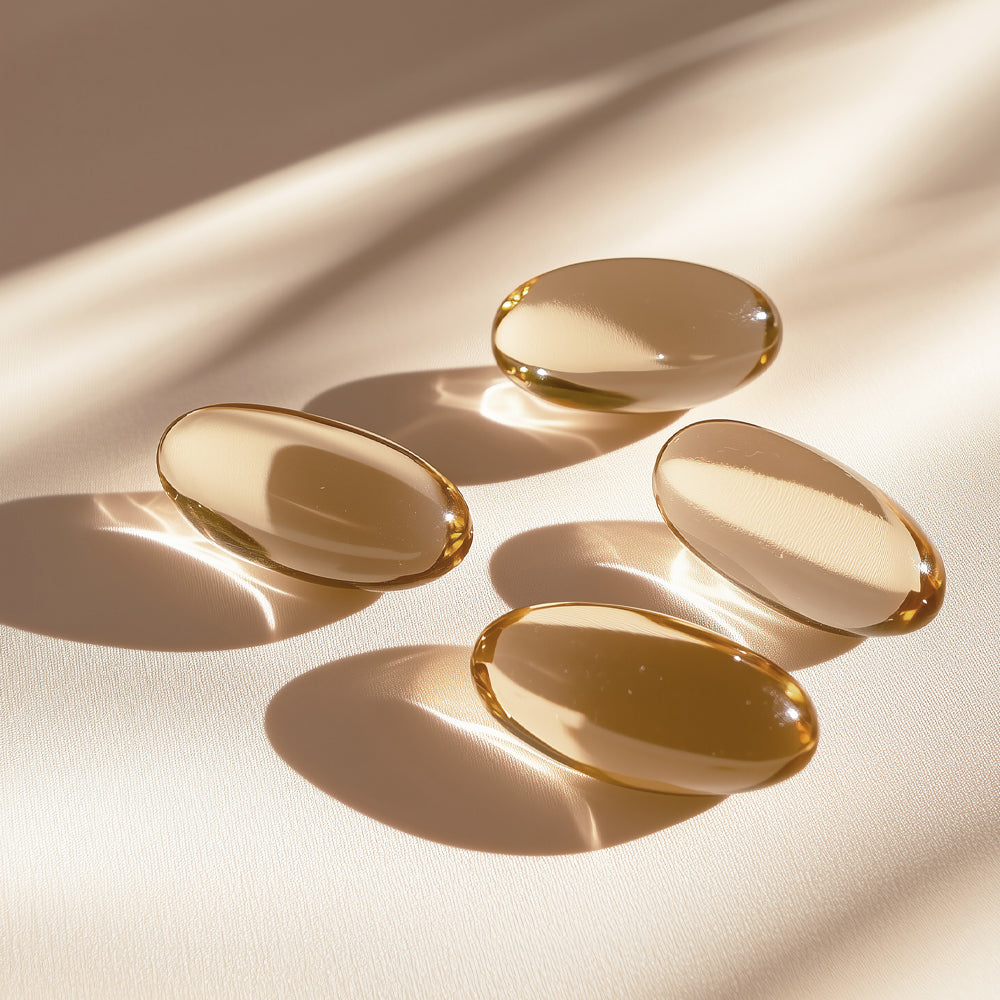
Why Omega-3 is essential for healthy skin?
The beauty of the skin relies on many factors, from hydration and nutrition to cosmetic care. Among the essential elements for healthy skin, omega-3 plays a key role. These essential fatty acids, which the body cannot produce on its own, are renowned for their anti-inflammatory properties, their ability to strengthen the skin barrier, and to combat skin aging. But how do they really work? Why should you choose certain types of omega-3? And how can you effectively incorporate them into your beauty routine? Let’s take a closer look.
What are omega-3s?
Omega-3s are polyunsaturated fatty acids that are essential for the proper functioning of the body. They belong to the group of essential fatty acids because our bodies cannot synthesize them. It is therefore necessary to obtain them from food or as food supplements.
There are three main types of omega-3:
- ALA (alpha-linolenic acid): found in plant oils (flaxseed, walnut, rapeseed, hemp).
- EPA (eicosapentaenoic acid) and DHA (docosahexaenoic acid): mainly from fatty fish (salmon, mackerel, sardines) and certain marine sources such as krill.
While ALA is a precursor to the other forms of omega-3, its conversion into EPA and DHA in the body is low. That’s why it is best to prioritize marine sources for a direct and efficient intake.
What are the benefits of omega-3 for the skin?
The benefits of omega-3s for the skin are numerous and essential for its balance. These fatty acids play a part in several skin mechanisms:
1. Hydration and barrier function
Omega-3s help to strengthen the skin barrier, reducing water loss and protecting the skin from external aggressors. Skin that is well-nourished with essential fats is more supple, better hydrated, and less prone to dryness.
2. Anti-inflammatory properties
EPA and DHA have well-known anti-inflammatory properties, which are beneficial for sensitive skin prone to redness, irritation, or skin conditions such as eczema and psoriasis.
3. Anti-aging effect and collagen production
Omega-3s play a key role in the production of collagen, a protein essential for maintaining the skin's elasticity and firmness. By fighting oxidation and the signs of aging, they help prevent the appearance of wrinkles and fine lines.
4. Protection against external aggressions
By strengthening cell membranes, omega-3s help better protect the skin from UV rays, pollution, and oxidative stress, thus limiting long-term skin damage.
How to include omega-3s in your diet?
To fully benefit from the properties of omega-3, it is essential to consume them regularly through your diet:
- Fatty fish: salmon, mackerel, sardines, herring.
- Plant oils: rapeseed oil, flaxseed oil, walnut oil, hemp oil.
- Seeds and nuts: flaxseeds, walnuts, chia seeds.
- Algae and marine sources: especially krill oil, which is rich in bioavailable omega-3.
However, these foods are often not enough to meet our needs, especially for EPA and DHA. That’s why targeted supplementation can be of great interest.
When should you take omega-3s?
Omega-3 intake should be regular and daily to achieve lasting benefits.
In the evening, to support nighttime skin regeneration.
- With meals, for better absorption of polyunsaturated fatty acids.
Why choose krill-derived omega-3?
Among the available omega-3 sources, krill oil stands out for its high bioavailability and superior quality.
1. Excellent absorption thanks to phospholipids
Krill-derived omega-3s come in the form of phospholipids, making them highly bioavailable and easily absorbed by the body, unlike conventional fish oils.
2. Enhanced stability thanks to astaxanthin
Omega-3 fatty acids are particularly sensitive to oxidation. Krill oil naturally contains astaxanthin, a powerful antioxidant that protects these fatty acids and preserves their efficacy.
3. Exceptional purity
Unlike fatty fish, krill feeds on phytoplankton and does not accumulate heavy metals or pollutants, ensuring a high-quality oil.
4. A sustainable alternative
Krill oil comes from sustainable fishing practices, helping to reduce the environmental impact often associated with overfishing of fatty fish.
How to choose and consume your omega-3s properly?
To get the most out of the benefits of omega-3, here are a few tips:
- Favor marine sources, especially krill oil, for better absorption.
- Choose opaque bottles to protect omega-3s from UV rays and prevent oxidation.
- Check for the presence of natural antioxidants, such as astaxanthin, which stabilizes fatty acids.
- Consume with a fat-rich meal for optimal absorption.
Conclusion
Omega-3 are essential allies for healthy, hydrated and protected skin. Their role in strengthening the skin barrier, fighting aging, and their anti-inflammatory action make them essential components of a holistic beauty routine.
If your diet alone isn’t enough, choosing quality food supplements like krill oil helps optimize your intake and ensures optimal bioavailability.
Integrating omega-3 into your daily routine means offering your skin lasting and effective support, for a radiant complexion and stronger skin health.
